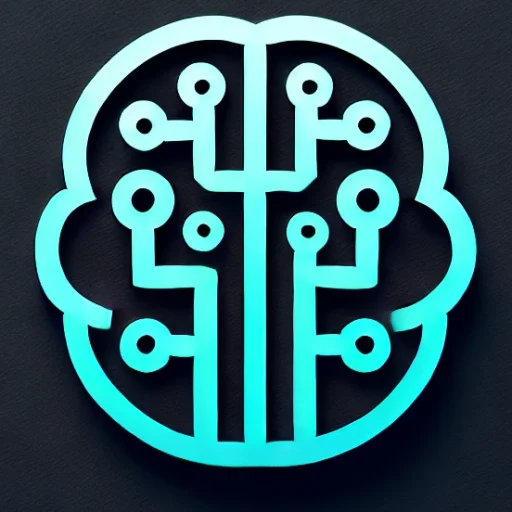
Introduction
The landscape of artificial intelligence and computing continues to evolve at a rapid pace, with generative AI emerging as one of the most transformative technologies in recent years. This subset of AI, characterized by its ability to generate new content—ranging from text and images to music and code—has the potential to revolutionize industries and redefine how we interact with technology. In this blog, we’ll delve into the latest advancements in generative AI, explore its applications across various fields, and discuss the challenges and future prospects of this groundbreaking technology.
Key Insights & Latest Advancements
The development of generative AI has been propelled by sophisticated models such as Generative Adversarial Networks (GANs) and Transformer-based models like GPT (Generative Pre-trained Transformer). OpenAI’s GPT-3, in particular, has garnered attention for its remarkable ability to generate human-like text, driving innovation in natural language processing and creativity. Meanwhile, GANs have revolutionized image generation, enabling the creation of hyper-realistic images and even deepfakes.
Recent advancements have focused on improving the accuracy and efficiency of these models. For example, GPT-4 has been anticipated with expectations for it to build upon its predecessor’s capabilities, offering even greater contextual understanding and language fluency. Similarly, advancements in GAN architecture are aiming to reduce the computational cost and increase the diversity of generated outputs.
Real-World Applications
Generative AI is not just a technological marvel; it is increasingly being integrated into practical applications across various industries:
-
Content Creation: In journalism and media, AI is being used to automate the creation of news stories and reports. In entertainment, it aids in scriptwriting and video game design, generating new narratives and dynamic environments.
-
Healthcare: AI models are being leveraged to generate synthetic data for medical research, improving privacy and accelerating data analysis for drug discovery and genetic research.
-
Design and Art: Artists and designers use AI tools to enhance creativity, allowing for the rapid prototyping of unique designs and artworks that push the boundaries of human creativity.
-
Customer Service: AI-driven chatbots and virtual assistants are transforming customer interactions, providing tailored responses and services with improved accuracy and empathy.
Challenges & Future Outlook
While the potential of generative AI is immense, it is not without challenges. Ethical concerns over deepfakes, misinformation, and the transparency of AI-generated content pose significant hurdles. The computational demands of generative models also present scalability challenges, with environmental sustainability becoming a concern due to the energy consumption associated with training large AI models.
Looking forward, the focus will likely shift towards addressing these ethical and technical challenges, enhancing AI’s ability to generate content responsibly and sustainably. Legislation and guidelines will play a crucial role in governing the deployment and use of generative AI, ensuring it benefits society at large.
Conclusion
Generative AI represents a monumental leap in AI capabilities, with far-reaching implications for industries and society. Its ability to produce novel and creative outputs positions it as a catalyst for innovation across various sectors. However, navigating the ethical and logistical challenges will be crucial to harnessing this technology’s full potential. As we look to the future, embracing responsible AI development and application will ensure generative AI continues to be a force for positive change in our world.
The rise of generative AI marks a new era in technology, one filled with opportunities for transformative advancements and applications in our daily lives.

